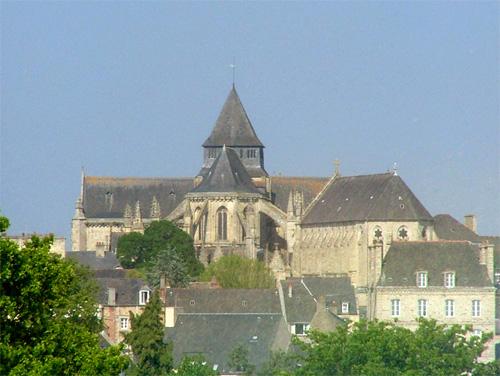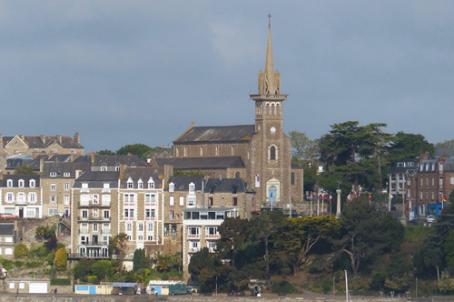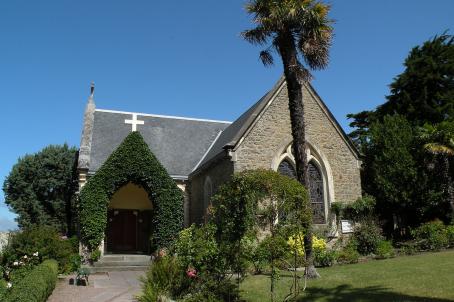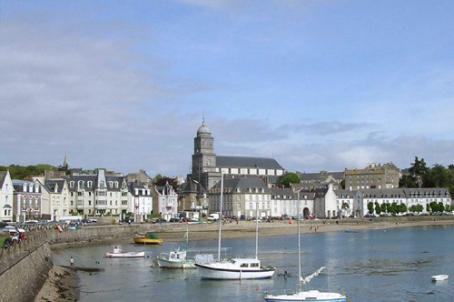Church of Saint-Malo

Started in 1490, this church is characteristic of the flamboyant or late Gothic in Brittany and in particular of the Beaumanoir style. Contemporary organ and stained glass windows do not fail to attract attention in this building threatened with ruin before being returned to worship in the last century.
About this building
The entire eastern part (choir and transept) as well as the central nave vessel date from the 15th and 16th centuries (flamboyant gothic), the triumphal porch on the main street side from the 17th century (Renaissance) and the aisles of the nave from the 19th century. The architecture of the choir is imposing, witnessing the wealth of Dinan at that time: ambulatory flanked by nine chapels, three of which are radiant. The set of ribs of the ambulatory (late 15th, early 16th century) has 19 keystones decorated with religious symbols worthy of interest although difficult to observe. Some of them still reveal beautiful traces of polychromy. The keystones of the southern ambulatory present the instruments of the Passion. The large arches of the choir are separated from the high windows by a triforium, they are cut out according to a rhythm similar to that of the high windows, thus favouring the verticality of the façades.





